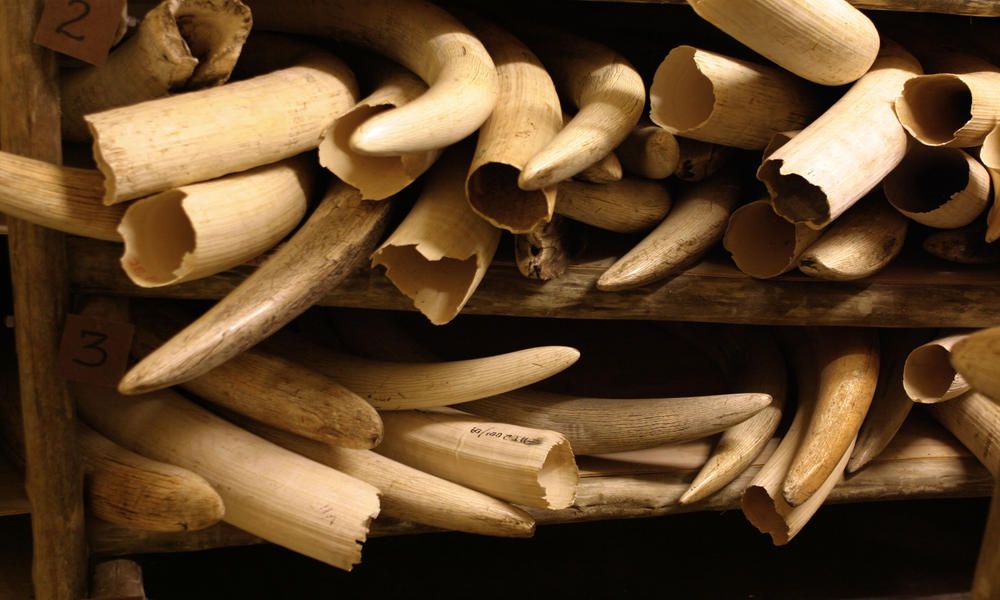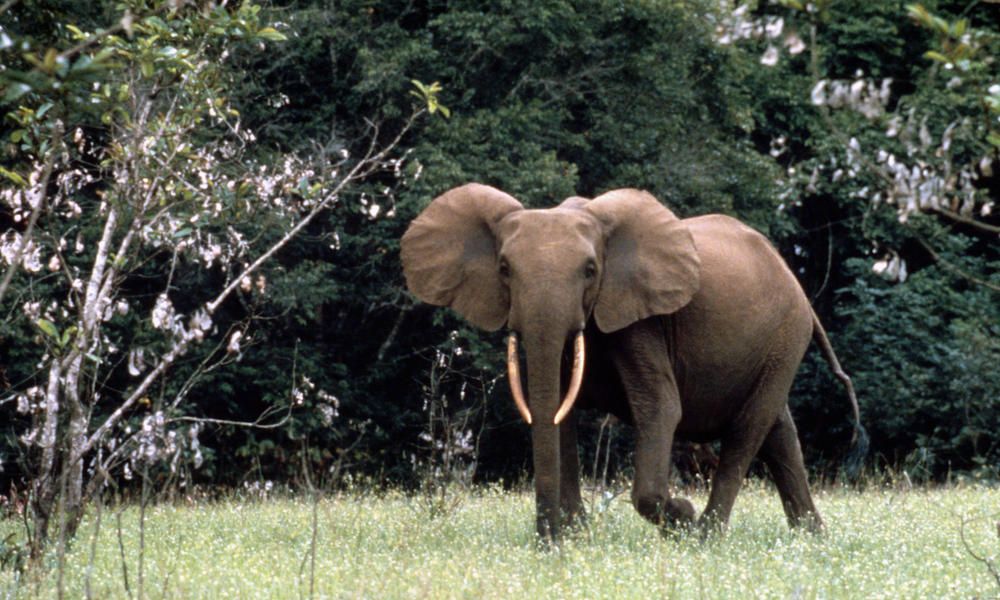
In the next 15 minutes, an elephant somewhere in the world will be killed. His tusks will be removed, and the ivory taken from him will bring his poacher profits of more than $454 per pound. From just one elephant, in 15 minutes, the poacher has made more than five times the annual salary of a local park ranger, an imbalance with larger implications for U.S. foreign policy and security. 
This may not make news when parts of Africa and Asia face so many pressing challenges. But in recognition of World Wildlife Day tomorrow, it’s time to think more deeply about wildlife trafficking, a lesser-known tragedy that is demanding attention and garnering a response from policymakers.
Some of the world’s most treasured animals are in great danger. Elephants, rhinos, tigers, sea turtles, and so many more are poached – brutally killed for their pelts, horns, tusks, and organs. In addition to the more obvious effects of wildlife trafficking – causing an imbalance in local ecosystems, devastating the environment, and harming local economies by removing natural tourist attractions – in recent years, it has come to light that wildlife trafficking is fueling criminal networks, threatening our national security.
In 2013 alone, the illegal wildlife trade generated an estimated $19 billion for criminal networks. The illicit funds are funneled into terrorist organizations like al-Shabaab, the Lord’s Resistance Army (LRA), and Janjaweed, which have taken full advantage of the soaring price of these black-market goods. As House Foreign Affairs Committee Chairman Ed Royce (R-CA) stated in a hearing on the issue last year, “That sort of cash allows today’s poacher to buy helicopters, high powered weapons, and night vision goggles. The intelligence community is increasingly noting ‘traffickers use of sophisticated networks’ to move their product.”
To address this devastating and dangerous issue, President Barack Obama has unveiled a plan to combat the prohibited trade in certain wild animals. Based on recommendations from the Advisory Council on Wildlife Trafficking, an eight-member body from both the public and private sectors, the plan strives to end the practice with a three-point strategy: strengthening enforcement, reducing the demand for illegally traded wildlife, and building international cooperation, commitment, and public-private partnerships. The multi-agency approach attacks the issue head-on, both domestically and abroad.
But the President isn’t the only one making moves. Already this year, Senators Lindsey Graham (R-SC) and Dianne Feinstein (D-CA) have introduced the Wildlife Trafficking Enforcement Act (S. 27), which would strengthen penalties for illegal wildlife trafficking. We can also expect Chairwoman of the House State-Foreign Operations Appropriations Subcommittee Kay Granger (R-TX) and Chairman Ed Royce (R-CA) to continue their deep engagement on this issue in the 114th Congress.
And last year, on a bipartisan basis, both the House and Senate Appropriations committees endorsed higher funding levels to address wildlife trafficking in Fiscal Year 2015.
 The NGO and business communities, from Wildlife Conservation Society and World Wildlife Fund to 3M and Hewlett-Packard, are also taking on the issue first-hand to protect wildlife and cut the funding line for nefarious networks.
The NGO and business communities, from Wildlife Conservation Society and World Wildlife Fund to 3M and Hewlett-Packard, are also taking on the issue first-hand to protect wildlife and cut the funding line for nefarious networks.
As people in Washington, across the United States, and around the globe commemorate World Wildlife Day tomorrow, we recognize a wide range of partners who are helping us protect not only our favorite animals, but also our national security and economic prosperity at home and abroad.